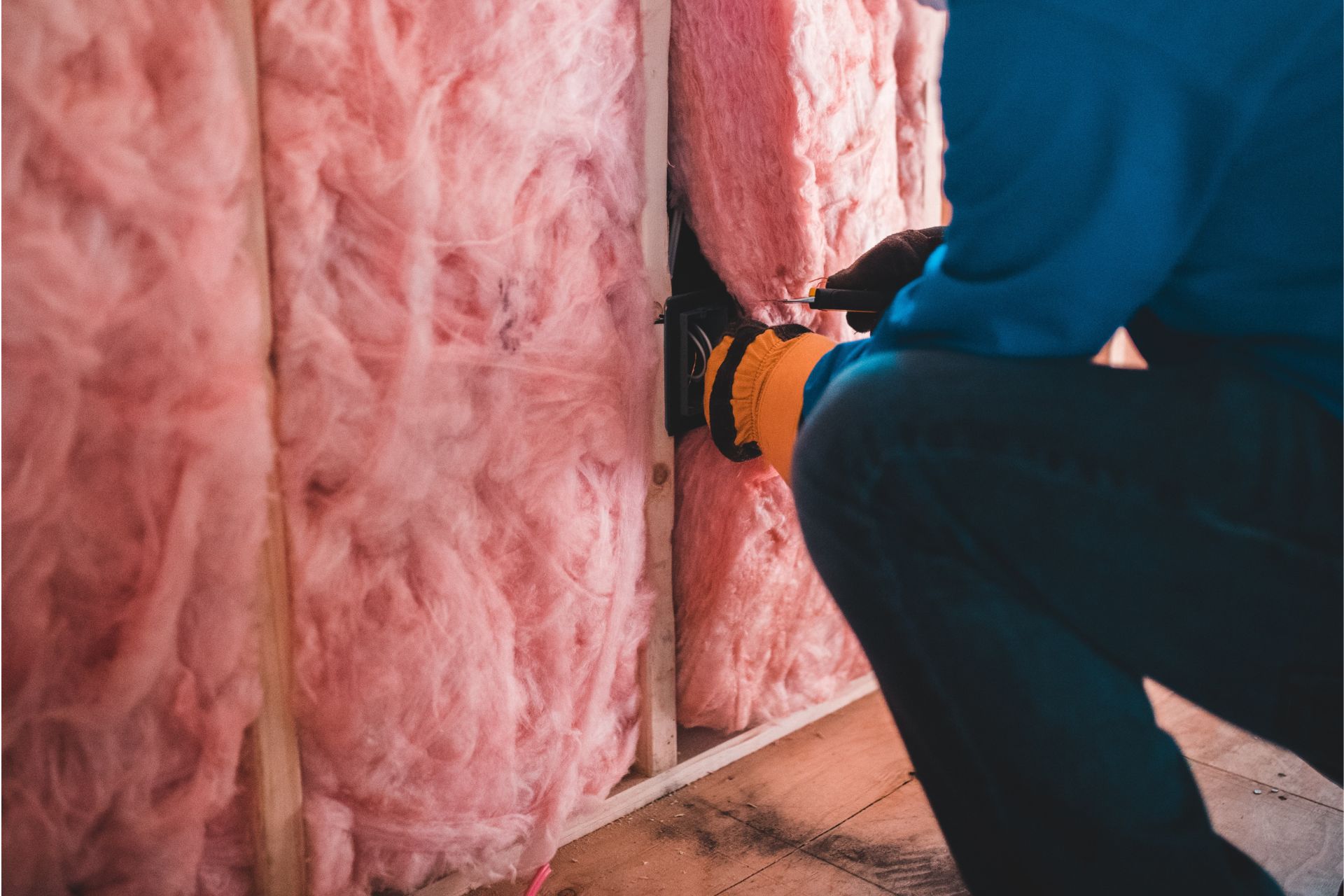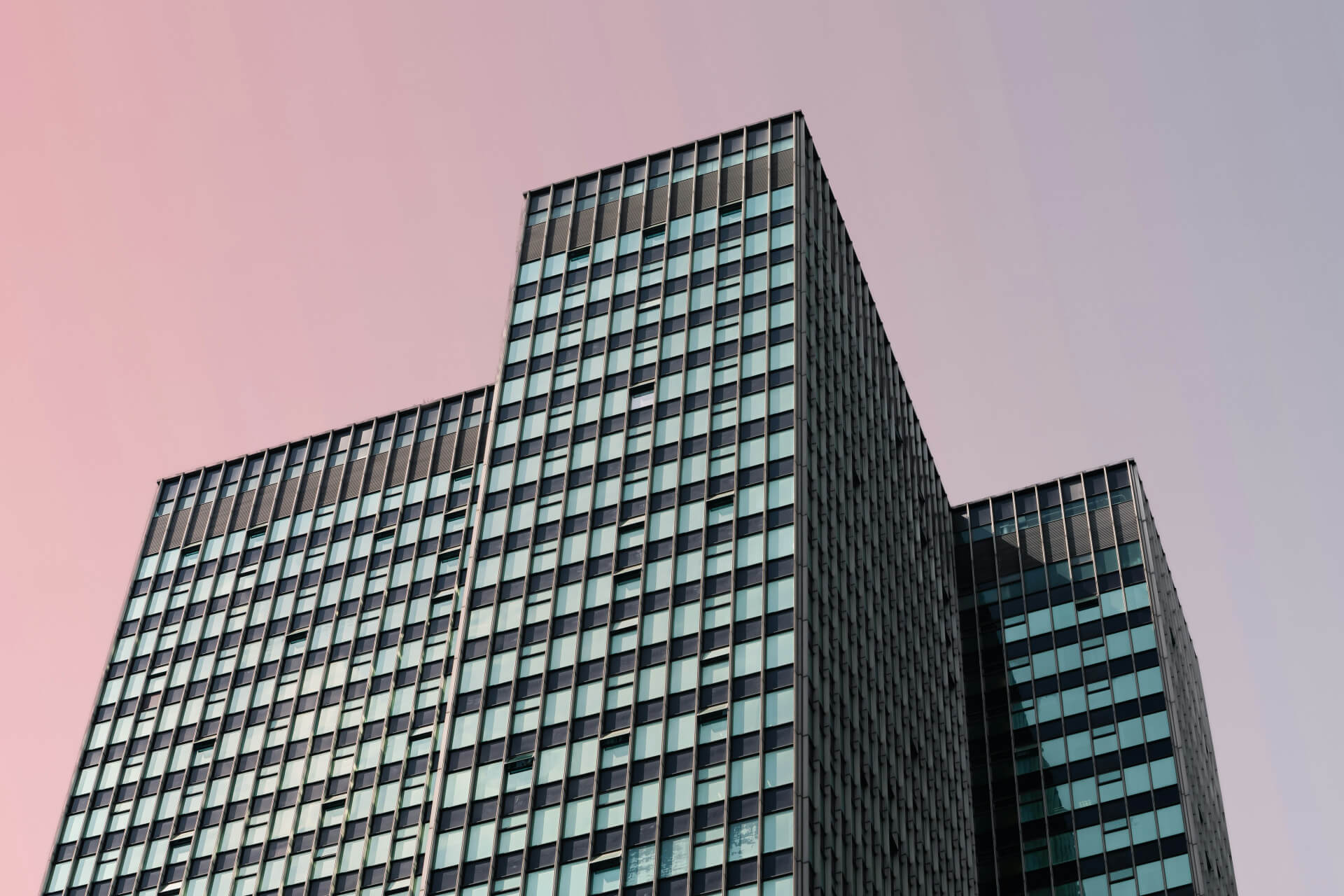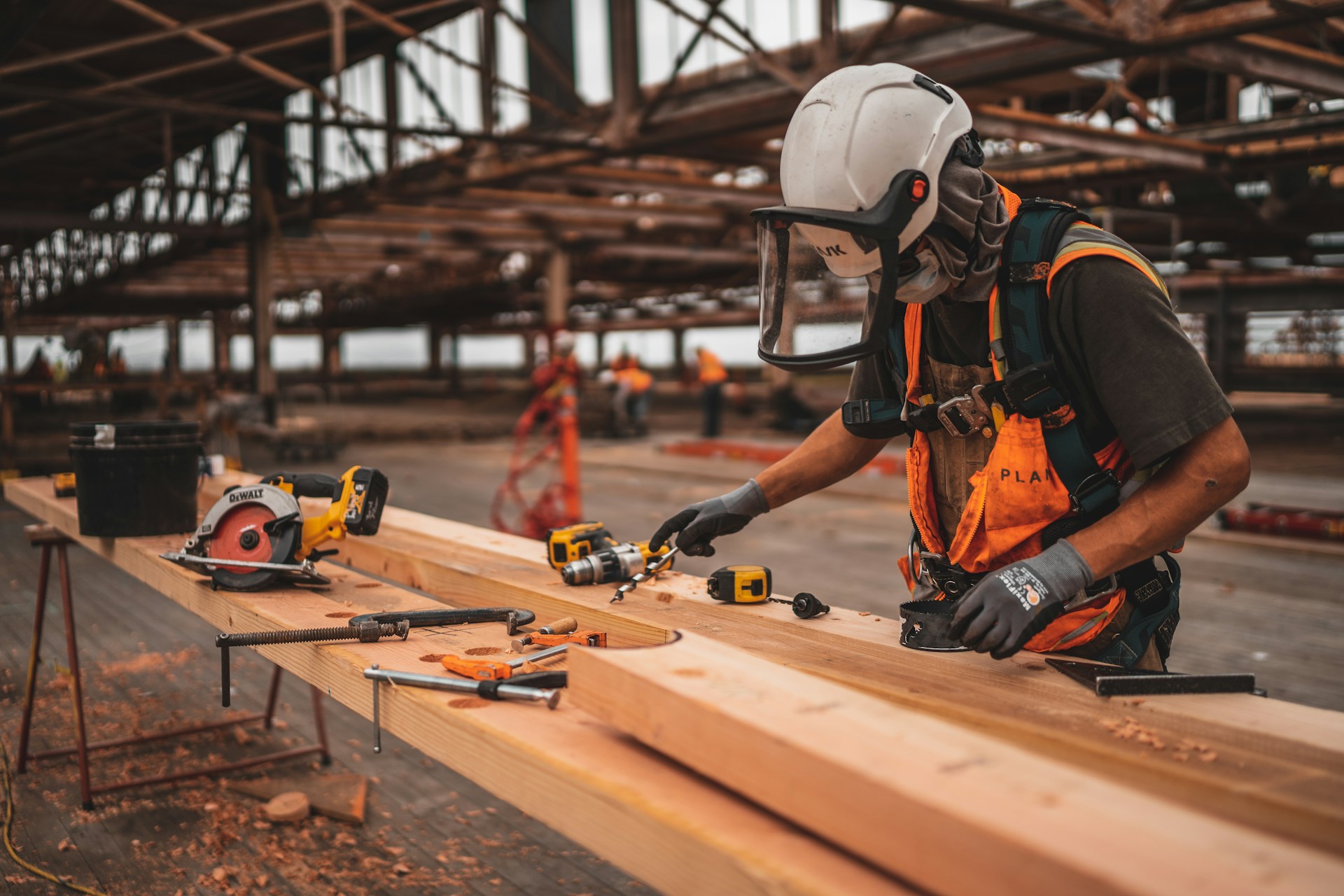
8 Lightweight Insulation Materials to Consider
January 3, 2023 - Emily Newton
Revolutionized is reader-supported. When you buy through links on our site, we may earn an affiliate commission. Learn more here.
Professionals in the architecture, engineering and construction (AEC) sector know how important it is to insulate a structure properly. While there are some exceptions, most modern buildings and homes require insulation. For example, some homes in moderate climates can get by without insulation or a proper HVAC system.
Numerous types of insulation materials are used for various applications, whether residential, commercial or industrial. Not every structure needs the same kind or amount of insulation, which makes every building project different.
Below, learn more eight examples of lightweight insulation materials most commonly used in today’s AEC industry.
1. Aerogel
Aerogel is a category of solid gels that can provide structural insulation. The most common type of aerogel is silica aerogel, derived from a sol-gel reaction where liquid pores are replaced with gas or air. The result of the reaction is a low-density, transparent solid with extremely high porosity and very low thermal conductivity.
The air in the microscopic pores of aerogel does not have much room for movement, meaning that aerogel prevents gas-phase conduction and convection. This ultimately makes aerogel one of the most effective thermal insulation materials. Aside from silica, other structural materials are used to manufacture aerogel, such as:
- Carbon
- Gold
- Iron oxide
- Copper
- Organic polymers
Aerogel is becoming increasingly common as it has become more affordable.
2. Fiberglass
Fiberglass is the most common type of insulation material on the market, as it offers several benefits to a building. It consists of fine glass fibers, most widely used as precut batts, rolls or loose-fill insulation. Fiberglass insulation is resistant to dampness and burning, making it ideal for commercial and residential applications.
Manufacturers are now producing medium and high-density fiberglass insulation products with slightly higher densities, according to the U.S. Department of Energy (DOE). Standard fiberglass batts are still lightweight insulation options.
3. Foam Concrete
Foam concrete, also called lightweight cellular concrete (LCC) or low-density cellular concrete (LDCC), is a widely used insulating material and another wise lightweight insulation choice. This material is ideal for many applications because of its thermal and acoustic insulation properties. It can insulate roofs and floors, fill hollow blocks and help with trench reinstatement.
Foam concrete is essentially a mix of water, cement and foam. It’s lightweight, inexpensive and has suitable lining properties, making it a popular choice for many applications.
4. Open-Cell, Polyurethane Spray Foam
Spray foam insulation is a popular choice among homeowners. Because of its ability to regulate temperature, the summer months are cooler, and the winter months are warmer. Open-cell foam insulation is flexible, lightweight and soft, especially compared to its more dense counterpart, closed-cell foam insulation.
Open-cell foam insulation can expand up to three inches of thickness, meaning that only one round of insulation application is required to insulate a standard wall properly.
While open-cell foam is typically more affordable than closed-cell, it does not insulate a house as well as closed-cell foam, so it’s not ideal to use for structures built in areas with extreme weather conditions.
5. Open-Cell, Soy-Based Spray Foam
The soybean is a staple in the agriculture industry, but it’s also becoming more widely used to form alternative building materials. For example, soy-based carpet backings and structural membrane coatings are growing more popular.
Soy spray foam insulation is made with soybean oil and is a lightweight alternative to heavier insulation materials. While soy-based foams are environmentally friendly, this type of insulation material tends to be more expensive, according to the International Association of Certified Home Inspectors (InterNACHI).
6. Expanded Polystyrene
Polystyrene is a colorless, transparent thermoplastic that belongs to a family of synthetic insulating materials. It has two primary types: expanded polystyrene (EPS) and extruded polystyrene (XPS).
There are a few advantages to using EPS: it’s lightweight, has a high mechanical resistance, is long-lasting and easy to handle, transport and install. Other applications of polystyrene include product packaging and appliances, such as microwaves, blenders and air conditioners.
EPS insulation products come in blocks, so professionals can cut them to form boards for insulation. It’s most often used for insulating concrete forms (ICFs) and structural insulating panels (SIPs).
7. Mineral Wool
Mineral wool is also called mineral fiber or mineral cotton, and it’s another lightweight insulating material commonly used in the AEC industry. Typically, mineral wool products come in two types, either stone wool or slag wool.
Individual mineral wool fibers conduct heat very well. The final product partitions air well when pressed into sheets and rolls, creating effective insulation and soundproofing. Mineral wool is a good choice for applications needing a lightweight and easy-to-install solution without compromising on thermal performance. However, mineral wool insulation products have expensive production costs and are generally limited in availability.
For this reason, this insulating material works well for applications in industrial facilities, such as foundries or furnaces. Mineral wool is increasingly popular and gaining some of the market share of fiberglass insulation.
8. Vacuum Insulation Panels
Lastly, vacuum insulation panels (VIPs) are another lightweight material to consider. VIPs offer high insulation performance without adding on extra weight. They’re especially useful for refrigeration applications, air cargo and insulated shipping containers.
VIPs, however, are associated with high production costs. If the production process can be simplified, it’s possible that VIP prices could drop and fuel more widespread adoption.
Main Reasons to Use Lightweight Insulation Materials
Why would someone need to use lightweight insulation over heavier insulation? There are a few main reasons why someone might need to choose lightweight insulating materials over heavier alternatives.
Thin and light thermal insulation products can help facilities save space. They can also help companies strike a balance between safety and performance without spending an arm and a leg, depending on the material.
If insulation materials are cumbersome, thick and heavy, it can pose challenges for the person installing them. These characteristics can also impede its effectiveness.
Choosing Lightweight Insulation for Various Applications
AEC professionals must consider several factors when planning to insulate their structures. The cost of insulation material, how effective the insulation is, the amount of insulation needed and if the insulation keeps occupants comfortable as seasons change during the year. Lightweight insulation plays an important role in the built environment, as it can serve as a solution for fire, impact and acoustic concerns.
Revolutionized is reader-supported. When you buy through links on our site, we may earn an affiliate commission. Learn more here.
Author
Emily Newton
Emily Newton is a technology and industrial journalist and the Editor in Chief of Revolutionized. She manages the sites publishing schedule, SEO optimization and content strategy. Emily enjoys writing and researching articles about how technology is changing every industry. When she isn't working, Emily enjoys playing video games or curling up with a good book.







This blog provides a thorough overview of lightweight insulation materials and their advantages for modern construction. I particularly appreciate the emphasis on energy efficiency and how these materials can help reduce overall building costs while improving thermal performance. The comparisons between traditional insulation and newer, lighter options highlight some significant advancements in the industry.
As a general contractor, I’m always looking for innovative solutions that enhance sustainability. Have you noticed any specific trends in client preferences regarding lightweight insulation? It would be interesting to know if certain materials are gaining popularity over others based on performance or environmental impact.
Hey Emily, I think foam concrete insulation will remain in the construction industry, but for fiberglass insulation, I don’t. Installing these fiberglass insulation without masks can lead to serious problems the long run. Anyway keep rocking good content.